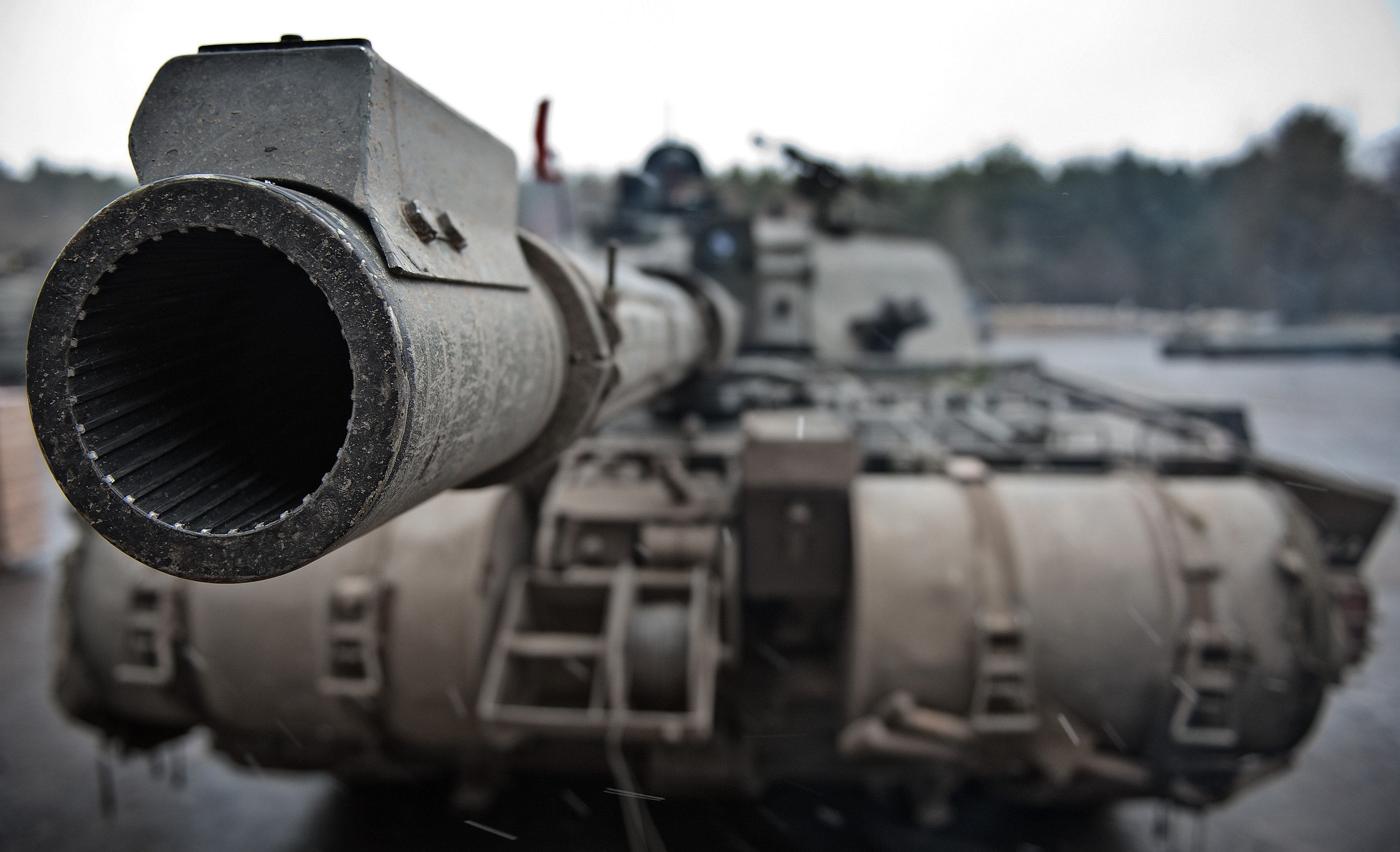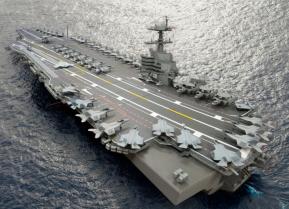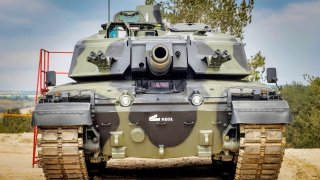Challenger 3: The New Main Battle Tank Russia Won't Want to Fight
Currently under production, the Challenger 3 is intended to serve as the British Army’s next main battle tank. A conversion of the existing Challenger 2, the Challenger 3 is expected to enter service in 2025, with nearly 150 models planned for construction.
Summary and Key Points: The Challenger 3, set to enter service in 2025, is the British Army’s next main battle tank, developed from the existing Challenger 2. With nearly 150 units planned, it will be integral to the UK’s Heavy Brigade Combat Teams.
-The tank features a 120mm L55A1 smoothbore gun, aligning with NATO standards, and boasts improvements in hull protection, communications, and power systems.
-The Challenger 3 is designed for 24-hour, all-weather operations and is expected to serve until 2040 or beyond, reflecting the continued importance of tanks in modern warfare, as seen in the Russo-Ukraine conflict.
Challenger 3: Britain’s Next-Generation Battle Tank Arrives in 2025
Currently under production, the Challenger 3 is intended to serve as the British Army’s next main battle tank. A conversion of the existing Challenger 2, the Challenger 3 is expected to enter service in 2025, with nearly 150 models planned for construction.
According to the British Army, the Challenger 3 will join the Ajax and Boxer “at the heart of the Arm’s warfighting capability in the Heavy Brigade Combat Teams.” Or, as UK Defense Secretary Grant Shapps said, “In a more dangerous world, the need for vehicles such as the Challenger 3 is imperative, as the threats facing the UK evolve.
This tank will be at the heart of the British Army’s warfighting capabilities and will be integral to the UK’s deterrence.”
Here are all the details we know about Challenger 3 at the moment:
Challenger 3: A Tank for the Future
The Challenger 3 is a 24-hour, all-weather tank with a variety of futuristic features and cutting-edge improvements. According to the British Army, improvements to the Challenger 3 include enhanced hull protection, front and side turret protection, tactical communications, electrical power, gas suspension, engine, and ammunition.
The tank is, of course, built around its primary turret – in the case of the Challenger 3, a 120mm L55A1. The L55A1 is a “high-pressure chrome-lined smoothbore gun fitted with a thermal sleeve, fume extractor and a muzzle reference system,” Shepherd Media reported. “This setup will allow projectiles to be fired with a higher maximum pressure with claimed greater accuracy and less barrel work.”'
The L55A1 is an upgrade over the Challenger 2’s turret, the Royal Ordnance 120-mm L30A1. The L30A1 is adequate, but not as effective or efficient as the L55A1. The L55A1 also grants the Challenger 3 commonality with other NATO members, allowing all to fire the same ammunition. That commonality with NATO forces is one of the primary reasons for the development of the Challenger 3 with the L55A1 gun; the Challenger 2’s biggest problem was the incompatibility with NATO ammunition.

“Most problematic of all was the uniqueness of the Challenger 2s main gun, a rifled L30A1 that no other force in NATO operated,” Army Technology reported.
Yet while the new gun will have commonality with the rest of NATO, the Challenger 2’s divergent gun will be the more lethal weapon; the L30A1 main gun featured the ability to fire a depleted uranium ammunition, which has a 10 to 20% greater penetration capability than the alternative, Tungsten. Tungsten, however, is easier to manufacture. Depleted uranium is falling out of fashion, however, in large part because of the health factors associated with the metal.
A Tank That Will Serve for Many Decades
The new Challenger is expected to serve until 2040 or beyond. “Initial operating capability is expected in 2027, while full operating capability is scheduled to be reached in 2030,” Army Technology reported. So, the Challenger will be fully operational for at least a decade if all goes to plan. The British are no doubt eager to bring a more capable tank on line, having witnessed the relevance of tanks to the ongoing Russo-Ukraine War.
About the Author: Harrison Kass
Harrison Kass is a defense and national security writer with over 1,000 total pieces on issues involving global affairs. An attorney, pilot, guitarist, and minor pro hockey player, Harrison joined the US Air Force as a Pilot Trainee but was medically discharged. Harrison holds a BA from Lake Forest College, a JD from the University of Oregon, and an MA from New York University. Harrison listens to Dokken.
Image Credit: Creative Commons.


